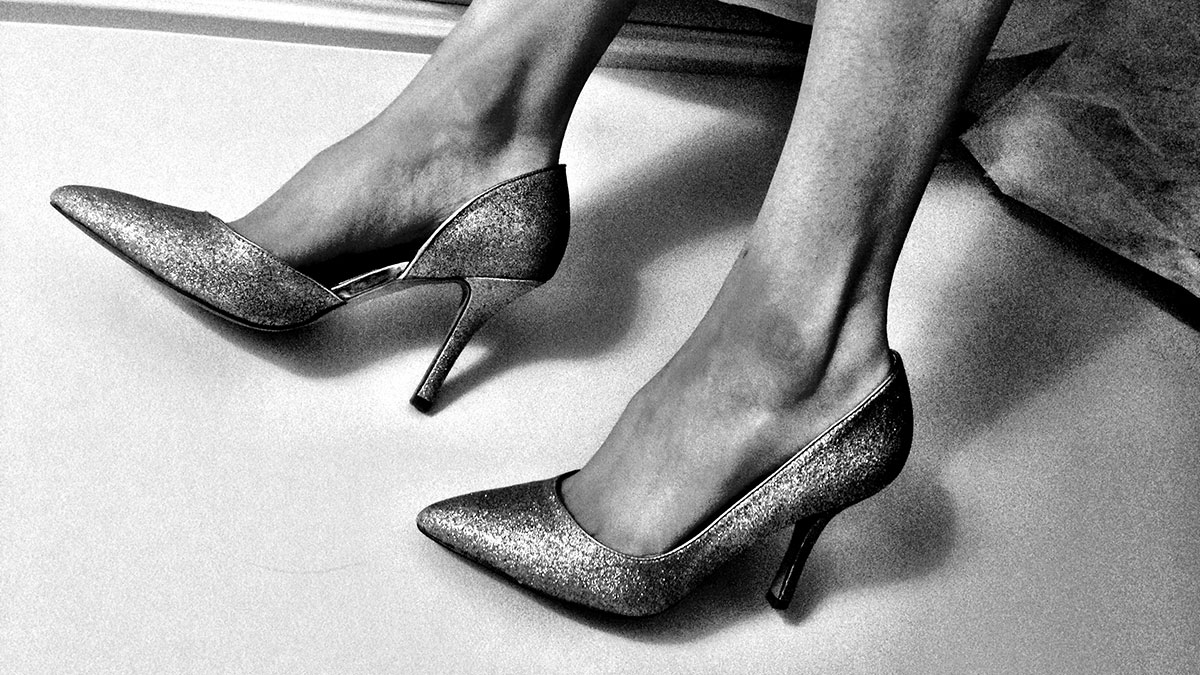Research examines sexual assault involving unconscious women
 Supplied
SuppliedDesigner Jimmy Choo printed an ad depicting a white woman passed out in the trunk of a car beside a black man brandishing a shovel in 2006. Months later, America’s Next Top Model conducted a photoshoot where contestants posed as battered crime scene victims. The winner of the challenge was praised by judge Tyra Banks for looking “very beautiful and dead.”
“They all have the same tropes: a white dress, a bed, a crotch shot … where you’re staring up her legs,” Cressida Heyes, a professor in the Department of Political Science, said as she scrolled through a gallery of similar images compiled from Spanish Vogue, W Magazine and Rolling Stone.
“This is all that happens to a woman who’s asleep in a movie or a story: she’s raped.”
“Dead to the World: Rape, Unconsciousness, and Social Media” is an article written by Heyes focusing on cases of sexual assault involving unconscious women, and the way it is played back to the victim afterwards through pictures and texts. The piece argues that sexual assault occurring on an unconscious subject makes restful sleep subsequently impossible, and causes the victim to see herself less as a human being and more as a two-dimensional image.
“I was motivated by people who thought (rape) was somehow less traumatic or less damaging because it was happening … while they were unconscious,” Heyes said.
“I wanted to try to think about being conscious as an experience, and things that happen to you while you’re unconscious as part of that experience.”
The thesis of “Dead to the World” suggests that individuals experience their bodies in four dimensions, with the first three dimensions forming space and the fourth dimension forming time. When rape victims are used as sexual objects while unconscious, and only become aware of their rape through two-dimensional images such as Tweets or texts, it becomes difficult for them to reconstruct themselves as a whole, multidimensional being.
“The ethical challenges is to consider whether our words and actions contribute to a world where victims’ subjectivity can be rebuilt, not only destroyed, (and) in which none of us see pleasure in sex with ‘a dead body,’” Heyes wrote in the article.
Heyes’ research began in 2013 during the highly-publicized trial of the Steubenville High School rapists, who repeatedly sexually assaulted their unconscious 16-year-old classmate and circulated her naked photos on Instagram and Twitter. While some news reporters, including CNN’s Poppy Harlowe, expressed sympathy for the rapists — who she heralded as “star football players” and “very good students” — the victim was criticised by celebrities such as tennis player Serena Williams for putting herself in a vulnerable position.
In addition to the media’s fixation on stories such as the Steubenville case — whose young, white victims re-experience their assault through the distribution of images on social media — Heyes also drew inspiration from the fashion industry’s fetishism of unconscious women.
“I realized when (I) started looking at representations of women asleep that they were all about sexual violence,” Heyes said. “The connection between states of unconsciousness and sexual assault (is) incredibly strong.”
Though Heyes said her essay was written primarily to create a forum for students to talk about sexual violence, she said she felt it also contributed to a growing public dialogue challenging the rape of unconscious women.
“This is a piece designed to be taught and read in classrooms, but I think it also feeds into straightforward activism.”




